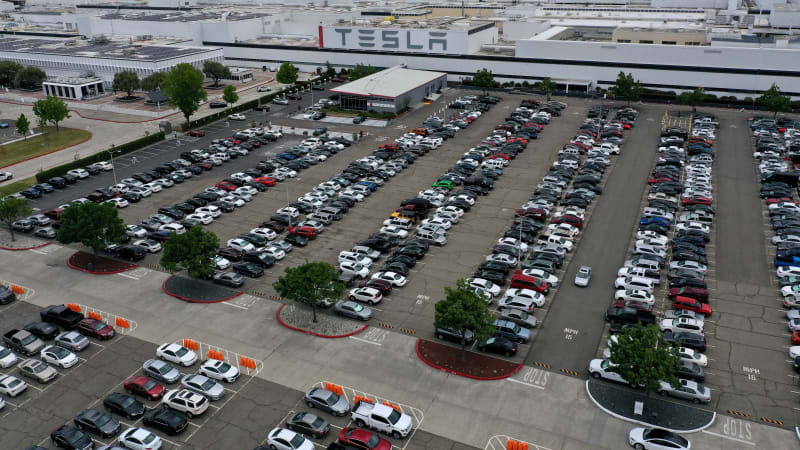
Less than a quarter of emission targets from Paris climate agreement met in 7 years
Long-term climate goals will be jeopardised if we fail to achieve one gigatonne emission reduction from forests by 2025, warned a new report.
The world is not on track to achieve forest goals of ending and reversing deforestation by 2030, which is critical for a credible pathway to the Paris Agreement’s goal of limiting warming by 1.5°C.
Emission reduction must be achieved every year post-2025 for the 2030 goals to remain within reach, added the report published November 7, 2022.
The report was published by the United Nations Programme on Reducing Emissions from Deforestation and Forest Degradation (REDD), United Nations Environment Programme (UNEP) World Conservation Monitoring Centre and the Green Gigaton Challenge.
Also read: Developing & developed blocks lock horns on long-term climate finance roadmap
Only 24 per cent of the necessary commitments for emissions reductions have been made so far, the analysis showed.
“There is no Paris Agreement and no sustainable development goals without forests. As UNEP’s Emissions Gap Report reminded us once again, the window is closing,” said Susan Gardner, director of the ecosystems division at UNEP.
We need to scale up action and finance for forest-based mitigation to achieve the 2025 one-gigaton milestone and avert catastrophic climate change. Gardner added that vital targets for climate and nature would remain within reach if we succeed in it.
“Existing commitments must be transformed into reality and new commitments must urgently be made to finance forests, or we are at extreme risk of missing the milestone,” noted the report.
Also read: Translation between change in weather and damages is not linear
Only half of these commitments have been realised through emissions reduction purchase agreements. Funding for these commitments has not yet been disbursed, it added.
The countries must have financial aid to scale up their actions to develop and implement ambitious forest-based climate solutions, it added.
However, the finance for forests and the current price of carbon do not reflect the urgency or the scale of the problems we are facing.
Committing to a floor price of $30-$50 per tonne of carbon dioxide equivalent will empower forest-rich countries to transform their economies and catalyse further funding opportunities, the report suggested.
“Upfront investment in REDD+ readiness and implementation must continue and be scaled up to ensure capacity and action to achieve emissions reductions results,” said Andre Guimaraes, executive director of Amazon Environmental Research Institute.
Also read: We don’t need new pacts, implement current ones, says climate scientist Saleemul Huq
The actions to protect, sustainably manage and restore forests can deliver cost-effective climate change mitigation. These actions can also reverse declines in biodiversity and enhance resilience to climate change.
Forest-based actions can make an essential contribution to meeting the Paris Agreement’s ambition. It can provide nearly 27 per cent of the solution to help avert climate catastrophe.
Forest-based solutions provide a crucial annual mitigation potential of around four gigatonnes by 2030. Indigenous peoples and local communities play a key role in achieving these outcomes, it added.
The report also highlighted how high-forest-low-deforestation (HFLD) countries need more financial support.
HFLD countries store 18 per cent of tropical forest carbon worldwide. Their access to sufficient climate finance must be rapidly improved. But current forest climate finance mechanisms are not adequate for rewarding their historical conservation and resisting increasing pressures to deforest.

















































